csail
Latest

AI faithfully recreates paintings with the help of 3D printing
It's easy to get a basic reproduction of a painting, but getting a truly accurate copy is harder than you think. Modern 2D printers typically only have four inks to work with, which simply won't do if you're trying to mimic a classic. Researchers at MIT's CSAIL might have a much better solution -- they've developed RePaint, a system that recreates artwork using an AI-guided 3D printer. The technology promises color-accurate reproductions even in less-than-flattering conditions.

AI catches fake news by gauging the accuracy of its source
Internet giants are getting better at countering fake news. For the most part, though, they screen content on a story-by-story basis and only block entire outlets well after they've done significant damage. Researchers from MIT's CSAIL and Qatar's Computing Research Institute might have a better solution: use AI to measure the quality of the source. Their machine learning algorithm uses collections of existing articles to gauge the accuracy and bias of a given outlet on the assumption that a fake news peddler or spin factory isn't about to change its ways. Rather than focusing on the claims themselves, it studies the language used to express those claims.
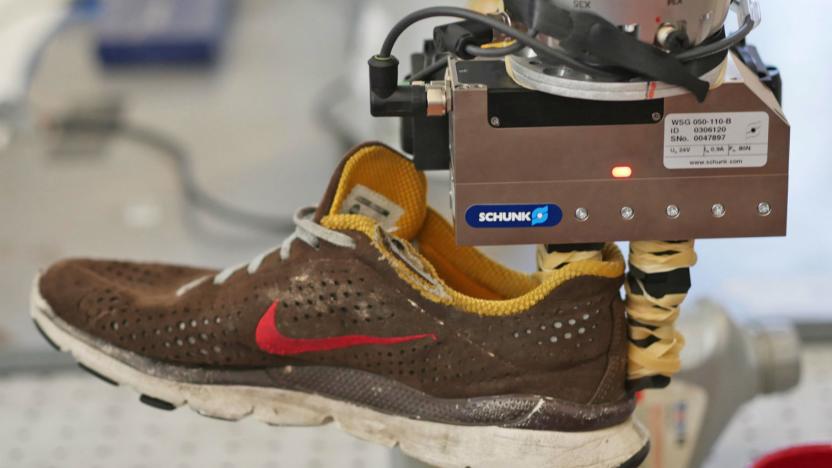
MIT machine vision system figures out what it's looking at by itself
Robotic vision is already pretty good, assuming that it's being used within the narrow bounds of the application for which it's been designed. That's fine for machines that perform a specific movement over and over, such as picking an object off of an assembly line and placing it into a bin. However for robots to become useful enough to not just pack boxes in warehouses but actually help out around our own homes, they'll have to stop being so myopic. And that's where the MIT's "DON" system comes in.
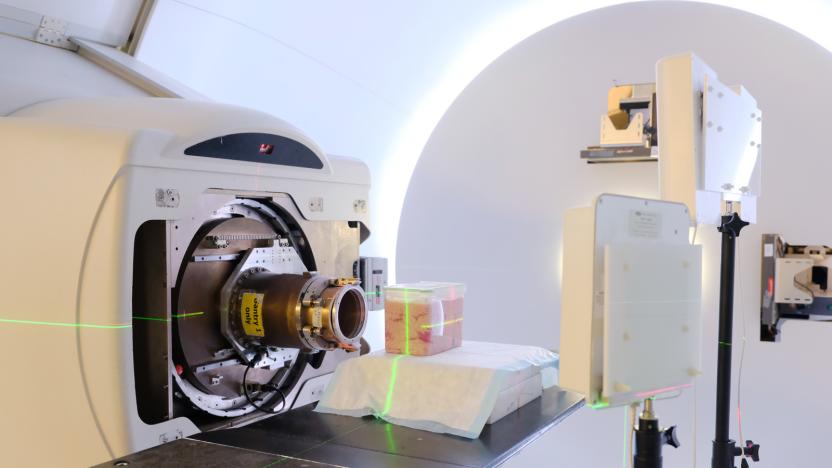
MIT's 'GPS' for the body can locate hidden implants
Implants are supposed to represent the future of medicine, as they can deliver medicine and track illnesses in ways that just aren't possible with conventional pills and scans. But there's a problem: how do you place them in deeper parts of the body without surgery or intrusive cameras? MIT's CSAIL might have an idea. It's developing a system, ReMix, that it likens to a GPS for implants. The locator doesn't need to make physical contact -- it just needs wireless signals and math.

MIT crypto system shares police data without wrecking investigations
Law enforcement routinely secures orders requiring that tech companies hand over data, but the targets of those requests don't always know if they've been under the microscope -- especially if there were never charges in the first place. MIT's CSAIL may have a way to hold officers more accountable for those decisions. Its researchers are developing a cryptography-based system that could help track these requests while still protecting investigations and police. AUDIT (Accountability of Unreleased Data for Improved Transparency) would require that law enforcers submit requests to a public ledger sometime after the fact using a "cryptographic commitment." The approach would ensure that police and courts send all the right documents in a way the public can see, but would keep the agencies' actions confidential.

MIT's music AI can identify instruments and isolate their sounds
If you've ever played a YouTube video for what it seems like the thousandth time to listen to your instrument's part of a composition, you'll love MIT's new AI. PixelPlayer, which hails from the institution's Computer Science and Artificial Intelligence Laboratory (CSAIL), can recognize instruments in a video, identify specific ones at pixel level and isolate the sounds they produce. If there are several instruments playing in a video, for instance, PixelPlayer will allow you to pick the one you want to listen to -- it will play the sounds coming out of that instrument the loudest and will lower the volume or everything else.

Speedy AI image analysis could help doctors during surgery
Right now, comparing 3D medical scans is a pain -- it can take two hours or more to see what's changed. And that spells trouble for surgeons, who may have to bring patients back to the operating room if a tumor removal wasn't a complete success. Thankfully, AI technology may eliminate that hassle. An MIT-led research team has crafted a machine learning algorithm that can analyze 3D scans up to 1,000 times faster than before, making it possible to study changes almost in real time -- less than a second on a PC with a fast graphics card.
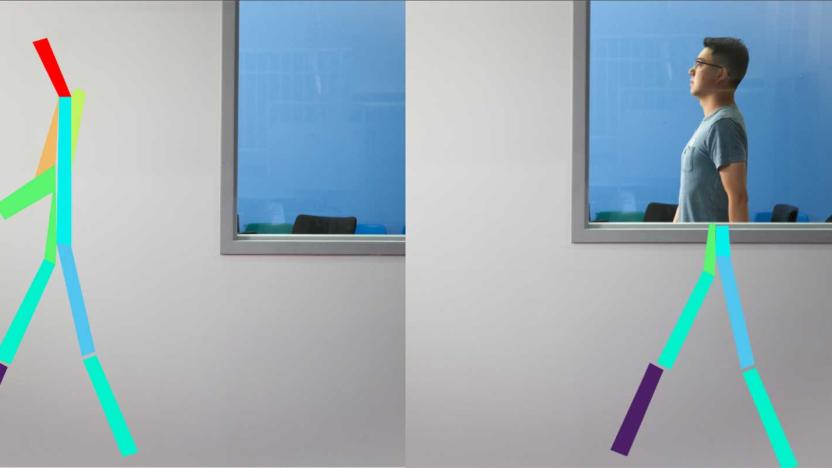
AI detects movement through walls using wireless signals
You don't need exotic radar, infrared or elaborate mesh networks to spot people through walls -- all you need are some easily detectable wireless signals and a dash of AI. Researchers at MIT CSAIL have developed a system (RF-Pose) that uses a neural network to teach RF-equipped devices to sense people's movement and postures behind obstacles. The team trained their AI to recognize human motion in RF by showing it examples of both on-camera movement and signals reflected from people's bodies, helping it understand how the reflections correlate to a given posture. From there, the AI could use wireless alone to estimate someone's movements and represent them using stick figures.

MIT teaches self-driving cars to change lanes like real drivers
Autonomous vehicles really don't know how to switch lanes as well as people do. They tend to rely on either relatively static data models that are difficult to study in the thick of traffic, or are basic enough that the car might only change lanes when it's absolutely necessary -- that is, hardly at all. MIT's CSAIL has a better way. The school has developed an algorithm that changes lanes more like humans do while respecting road safety.
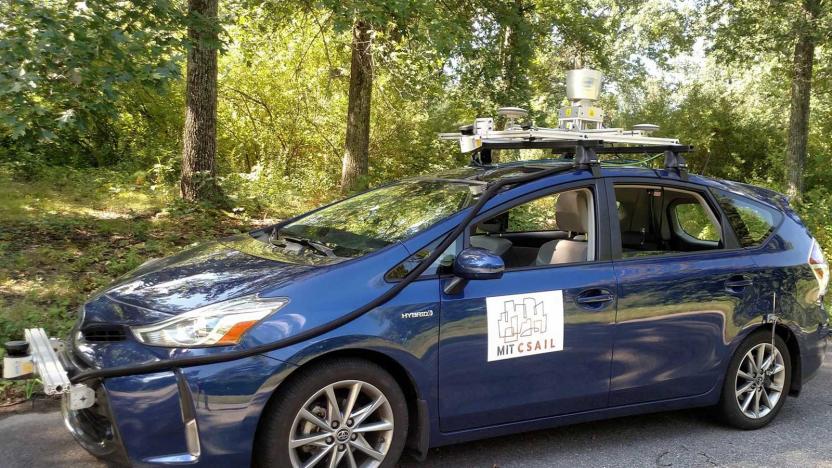
MIT's self-driving car can navigate unmapped country roads
There's a good reason why companies often test self-driving cars in big cities: they'd be lost most anywhere else. They typically need well-labeled 3D maps to identify curbs, lanes and signs, which isn't much use on a backwoods road where those features might not even exist. MIT CSAIL may have a solution, though. Its researchers (with some help from Toyota) have developed a new framework, MapLite, that can find its way without any 3D maps.

MIT's robotic carpenters take the hassle out of custom furniture
If you want to build custom furniture, you usually need to know your way around a saw and devote days to both designing it and cutting every last piece. MIT's CSAIL might have a better solution: let computers and robots do the hard work. Its researchers have developed an AutoSaw system that makes it easy to craft furniture without the risk of cutting your fingers. You start on your computer by customizing furniture templates in OnShape's simple CAD system. After that, modified robots (a Roomba for a jigsaw, Kuka youBots for chopping) cut the individual parts. You still have to assemble it yourself, but the software will guide you through the process.

MIT's Veil service will make private browsing more private
After reports and studies revealed that browsers' private modes aren't that secure, MIT graduate student Frank Wang decided to take things into his own hands. He and his team from MIT CSAIL and Harvard have created a tool called Veil, which you could use on a public computer -- or on a private one on top of using incognito mode and Tor if you have big secrets to keep or if you've just become paranoid after years of hearing about hacks and cyberattacks.
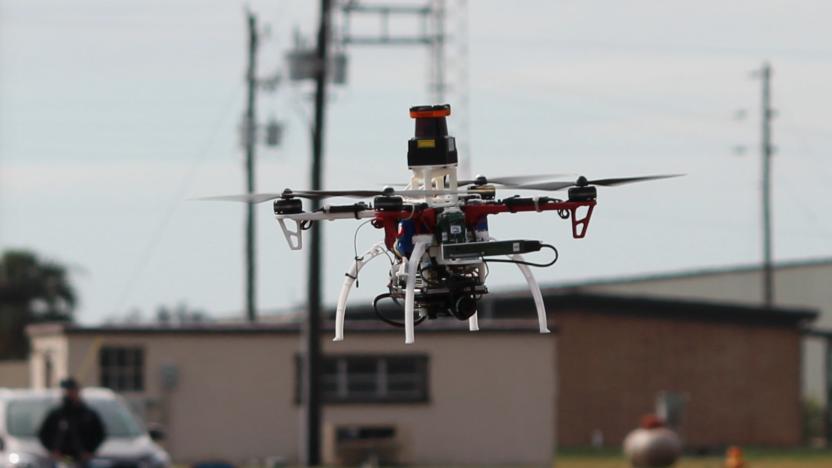
MIT CSAIL’s drone is never quite sure where it is
The current generation of autonomous drone navigation and flightpath planning systems are almost too precise, demanding hundreds of measurements be taken so that the UAV knows exactly where it is in space at any given moment. And if those readings are off by even a little, then the drone is in for an impact. What's more, all that data collection is computationally intensive -- especially for smaller drones where the space and weight capacities are limited.

MIT's ColorFab can 3D print jewelry that changes colors
3D printing can already turn your amazing ideas into tangible objects, but a new technique out of MIT CSAIL could lead to even better results. The method, called ColorFab, gives you the ability to create objects that can change colors after you print them out. You can use it, for instance, to create a phone case or a pair of earrings that matches your red dress today and will also match your blue pantsuit tomorrow. ColorFab's magic lies in the CSAIL team's custom-made ink, which has base dyes and light-adaptable or "photochromic" dyes. The light-adaptable dyes bring out the color in the base dyes when exposed to UV light. Under visible light, the colors disappear, and the ink turns transparent.

New camera tech could help self-driving cars see around corners
Self-driving cars can detect much of the world around them, but they're inherently limited by their reliance on line-of-sight vision. They're not so good at spotting the visual cues that a car is just around the corner -- you might spot the encroaching headlight beams, but a car might not. MIT's CSAIL team may have a solution, though. They've developed camera technology that uses subtle changes in lighting on the floor to determine what's around a corner. As objects reflect a small amount of light around walls, creating a "shadow," you can piece together images of objects around the corner by capturing video of the floor and tracking the shifting colors.
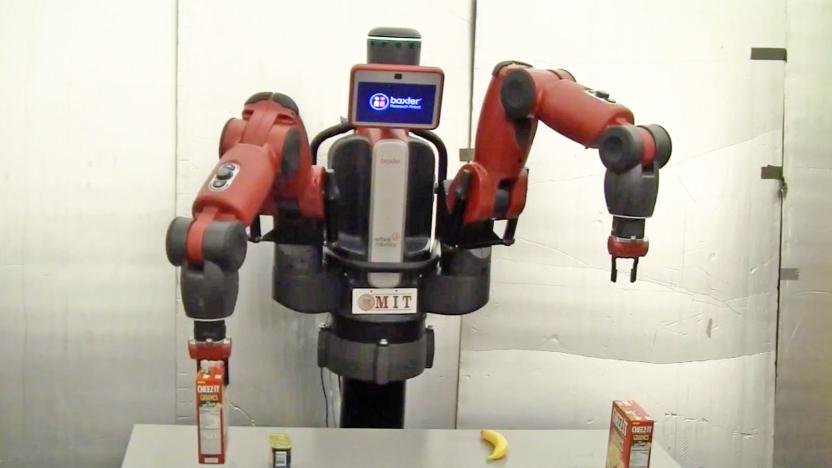
Robots learn to understand the context of what you say
It can be frustrating when telling robots what to do, especially if you aren't a programmer. Robots don't really understand context -- when you ask them to "pick it up," they don't usually know what "it" is. MIT's CSAIL team is fixing that. They've developed a system, ComText, that helps robots understand contextual commands. Effectively, researchers are teaching robots the concept of episodic memory, where they remember details about objects that include their position, type and who owns them. If you tell a robot "the box I'm putting down is my snack," it'll know to grab that box if you ask it to fetch your food.

MIT makes it easy for beginners to design robots
It's not easy building robots if you don't have the education and the training. A team of researchers from MIT's Computer Science and Artificial Intelligence Laboratory (CSAIL), however, have developed a tool that allows even beginners to design machines. CSAIL's Interactive Robogami system makes it possible to conjure up a robot design in minutes and to put it together in an hour or two. You begin the process by mixing and matching parts from a catalogue on a computer, including the robot's body and its means of locomotion.

MIT’s new AI can keep streaming video from buffering
Buffering and pixelation are the scourge of streaming video. It ruins the experience for viewers, robs advertisers of revenue as said viewers tune out, and causes technical headaches for streaming services which have to engineer solutions. But a new neural network AI from MIT CSAIL may be just what the internet needs for velvety smooth streaming services.

MIT's AI knows what's in your cookies just by looking at them
Imagine an app that can help you figure out how to replicate what you're eating in a restaurant and help track your calorie intake just by taking a picture of your plate. A team of MIT CSAIL researchers have developed an artificial intelligence system that has the potential to evolve into that kind of application. They call the AI Pic2Recipe, because it can predict the ingredients and recipe used to make a dish from a single snapshot. If that sounds familia, it's probably because of "See Food," the fictional app that made an appearance in HBO's Silicon Valley, and a new-ish Pinterest feature that recognizes the most prominent ingredients in a picture of food.

MIT solves a major problem holding up glasses-free 3D TVs
A year ago, MIT scientists unveiled a new technology that delivered a 3D movie experience in theaters without the need for cumbersome glasses. Now they're working to bring that technology to your living room so that one day you can watch 3D films in your home theater without eyewear.



